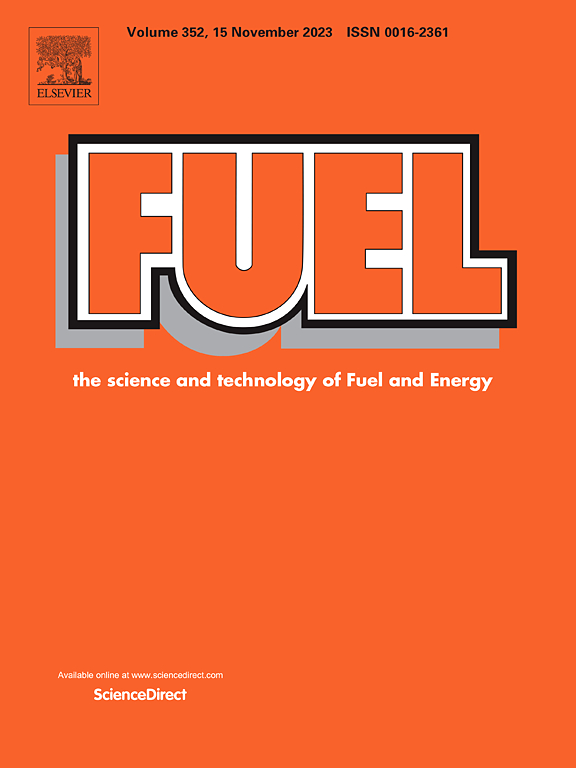Pore structure characterization and permeability prediction with fractal theory considering the tortuosity effect
IF 6.7
1区 工程技术
Q2 ENERGY & FUELS
引用次数: 0
Abstract
The Zaoyuan Oilfield, located in the Huanghua Sag, Bohai Bay Basin, China, exemplifies medium-porosity, medium-permeability reservoirs that are critical to China’s oil and gas production. However, accurately predicting permeability and characterizing pore structures in medium-porosity, medium-permeability reservoirs remain challenging due to the complexity of the pore networks and the significant role tortuosity plays in influencing fluid flow. While numerous tortuosity models are available, their individual impact on permeability predictions and the identification of the most suitable model for achieving accurate results remain unclear. This study integrates high-pressure mercury intrusion (HPMI) data with fractal theory to characterize pore structures and systematically evaluates the influence of tortuosity on permeability. Six fractal models are applied to analyze pore structures, identifying the optimal model for medium-porosity, medium-permeability reservoirs. Simultaneously, six tortuosity models are assessed for their permeability prediction accuracy, enabling the selection of the most effective approach. The results demonstrate that a fractal-based permeability model incorporating tortuosity significantly improves permeability predictions by capturing the multiscale pore characteristics and complex fluid pathways inherent in medium-porosity, medium-permeability reservoirs. Among the evaluated models, the three-dimensional capillary bundle model exhibits the highest correlation between fractal dimensions and permeability, indicating that higher fractal dimensions correlate with lower reservoir quality. Furthermore, integrating the fractal permeability model with the tortuosity-based Archie equation produces the most accurate and reliable permeability predictions. This study provides innovative strategies for characterizing and managing medium-porosity, medium-permeability reservoirs, advancing the understanding of reservoir heterogeneity and offering improved tools for optimizing production and reservoir evaluation.
求助全文
约1分钟内获得全文
求助全文
来源期刊

Fuel
工程技术-工程:化工
CiteScore
12.80
自引率
20.30%
发文量
3506
审稿时长
64 days
期刊介绍:
The exploration of energy sources remains a critical matter of study. For the past nine decades, fuel has consistently held the forefront in primary research efforts within the field of energy science. This area of investigation encompasses a wide range of subjects, with a particular emphasis on emerging concerns like environmental factors and pollution.
 求助内容:
求助内容: 应助结果提醒方式:
应助结果提醒方式:


